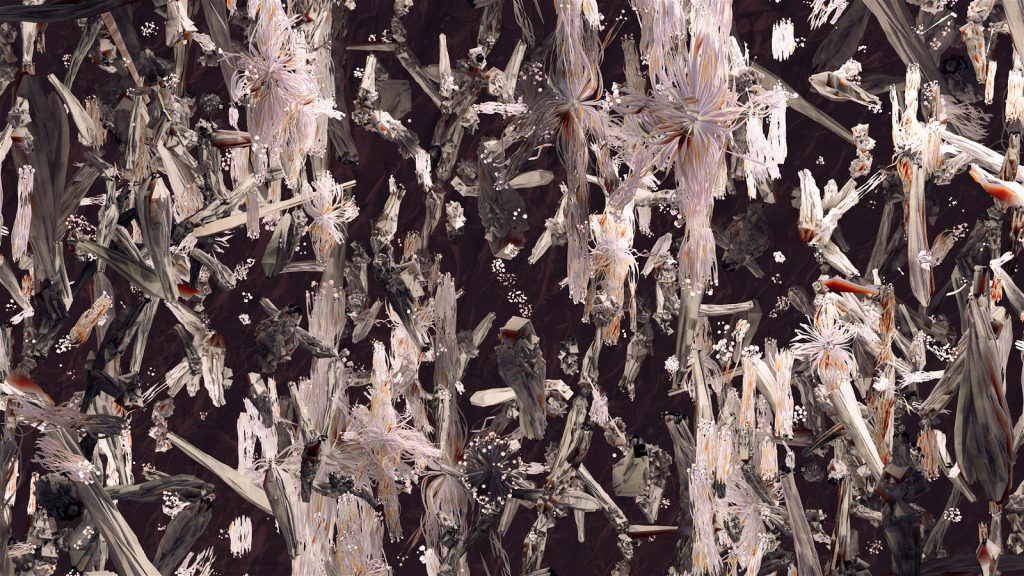/*
Min Ji Kim Kim
Section-A
mkimkim@andrew.cmu.edu
Project-02
*/
//variables
var mouthHeight = 330;
var mouthWidth = 80;
var irisSize = 25;
var pupilSize = 12;
var headColor = 231;
var overallsColor = 130;
var eyeNumber = 2;
function setup() {
createCanvas(640, 480);
background(210, 210, 255);
}
function draw() {
noStroke();
//head
fill(254, headColor, 81);
rect(210, 150, 220, 300, 100, 100, 0, 0);
//goggle band
fill(47, 47, 41);
rect(210, 235, 220, 20);
//Number of eyes
if (eyeNumber >= 2){
//two eyes
//goggles
fill(201, 208, 202);
circle(280, 245, 90);
circle(360, 245, 90);
//eyes
fill(255);
circle(280, 245, 70);
circle(360, 245, 70);
//iris
fill(102, 45, 19);
circle(280, 245, irisSize);
circle(360, 245, irisSize);
//pupils
fill(0);
circle(280, 245, pupilSize);
circle(360, 245, pupilSize);
} else {
//one eye
//goggle
fill(201, 208, 202);
circle(320, 245, 90);
//eye
fill(255);
circle(320, 245, 70);
//iris
fill(102, 45, 19);
circle(320, 245, irisSize);
//pupil
fill(0);
circle(320, 245, pupilSize);
}
//overalls
strokeWeight(1.5);
stroke(172, 121, 77);
fill(53, 96, overallsColor);
rect(210, 400, 220, 50);
//mouth
fill(255);
strokeWeight(3);
stroke(200, 117, 0);
arc(320, mouthHeight, mouthWidth, 80, 0, PI, CHORD);
}
function mousePressed(){
// when the user clicks, these variables are reassigned
// to random values within the specifed ranges.
mouthHeight = random(300, 340);
mouthWidth = random(30, 100);
irisSize = random(20, 30);
pupilSize = random(8, 16);
headColor = random(180, 240);
overallsColor = random(100, 250);
eyeNumber = random(1,3);
}
I had so much fun doing the project this week. The hardest part was trying to figure out how to use the if statement to get the single or double eye as well as understanding how to manipulate variables for the mousePressed function.
![[OLD FALL 2019] 15-104 • Introduction to Computing for Creative Practice](../../../../wp-content/uploads/2020/08/stop-banner.png)
